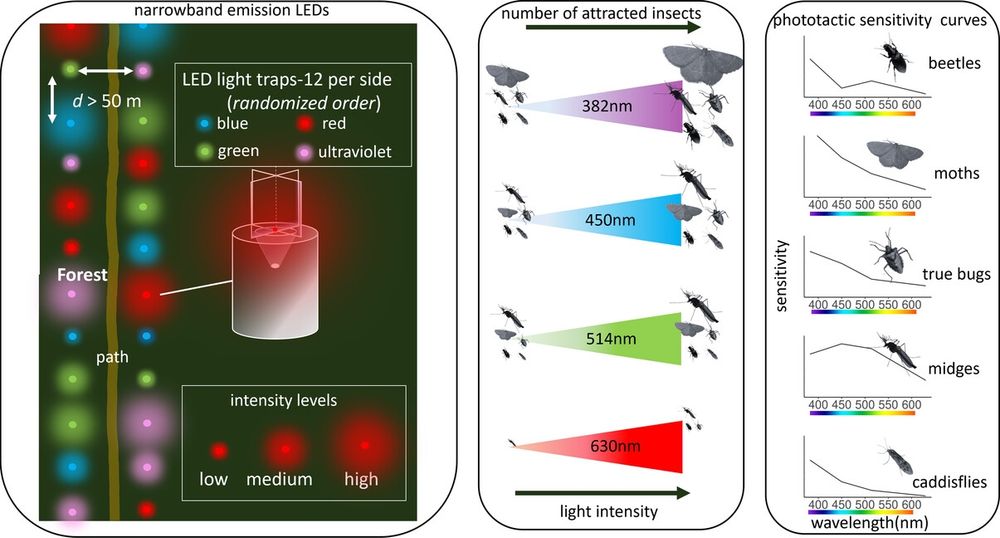
Mastodon: @[email protected]
Twitter: @Ians4AD
Mixed Ulmus laevis/Populus nigra/Populus alba forest
26/11/2023
Beograd, Serbia

Mixed Ulmus laevis/Populus nigra/Populus alba forest
26/11/2023
Beograd, Serbia
Emissions up to now already lock-in a return to the Pliocene - 3C hotter and sea-levels eventually ~ 20m higher
Emissions need to fall by at least 50% in 48 months
The last thing we need is more effing oil and gas
www.theguardian.com/business/202...

Emissions up to now already lock-in a return to the Pliocene - 3C hotter and sea-levels eventually ~ 20m higher
Emissions need to fall by at least 50% in 48 months
The last thing we need is more effing oil and gas
www.theguardian.com/business/202...
www.bbc.co.uk/news/article...

www.bbc.co.uk/news/article...

resjournals.onlinelibrary.wiley.com/doi/10.1111/...























www.scientificamerican.com/article/the-...

www.scientificamerican.com/article/the-...
Rare microbial relict sheds light on an ancient eukaryotic supergroup www.nature.com/articles/s41...
#Protists #Microbes #Evolution #Eukaryotes #TreeOfLife

Rare microbial relict sheds light on an ancient eukaryotic supergroup www.nature.com/articles/s41...
#Protists #Microbes #Evolution #Eukaryotes #TreeOfLife
Interesting article about rare orchids in cemeteries in Australia.
#orchids #ozflora #wildoz #nativeplants #conservation #nature
www.abc.net.au/news/2025-11...

Interesting article about rare orchids in cemeteries in Australia.
Bangs Canyon #nativeplants
#FallBackFlowers #FallBack to May 22 🌿

Bangs Canyon #nativeplants
#FallBackFlowers #FallBack to May 22 🌿
📷 Canon R5
Canon RF 100mm f/2.8L IS USM
M, f/4, 1/15, ISO 400
Stack of 29 images
10/23/25
Mt. Hood, Oregon
#mushroom #fungifriends #mushrooms
🍄📷 📸🎞 🌿🌱 🟢 🍄 🍄🟫

📷 Canon R5
Canon RF 100mm f/2.8L IS USM
M, f/4, 1/15, ISO 400
Stack of 29 images
10/23/25
Mt. Hood, Oregon
#mushroom #fungifriends #mushrooms
🍄📷 📸🎞 🌿🌱 🟢 🍄 🍄🟫
Here is a sampling of cores—including 6,000,000 year old ice via NSF Center for Oldest Ice Exploration—at the NSF Ice Core Facility.
Here is a sampling of cores—including 6,000,000 year old ice via NSF Center for Oldest Ice Exploration—at the NSF Ice Core Facility.









